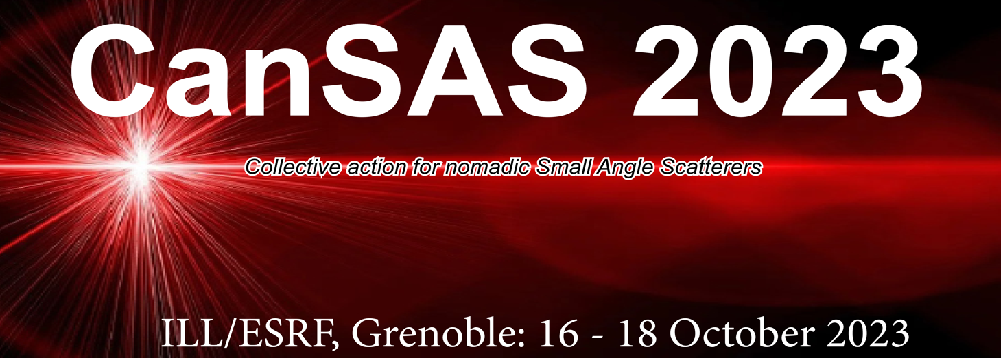At the 2017 canSAS workshop I was first introduced to the concept of applying Machine Learning (ML) algorithms to analysing scientific datasets. Since then I have moved towards adopting an increasing number of ML based techniques for data analysis with a view towards developing truly adaptive experimentation.
Lofty words.
Wondrous ideals.
I would like to share with the community what...
Lyotropic phases, which encompass structures like lamellar or sponge formations, constitute a significant category within the realm of soft matter. The characterization of these lyotropic phases has often relied on the technique of small angle scattering. The impact of curvatures on the diverse lyotropic mesomorphism has been widely acknowledged. However, conventional regression analysis based...
Small-angle X-ray scattering (SAXS) is a powerful characterization technique for nanoscale structures in materials. The analysis of SAXS is a modeling-heavy process to find a plausible structure model that corresponds to the measured scattering intensity due to the inherent “phase problem” of the X-ray detection. Despite various scientific computing tools to assist the model selection, the...

